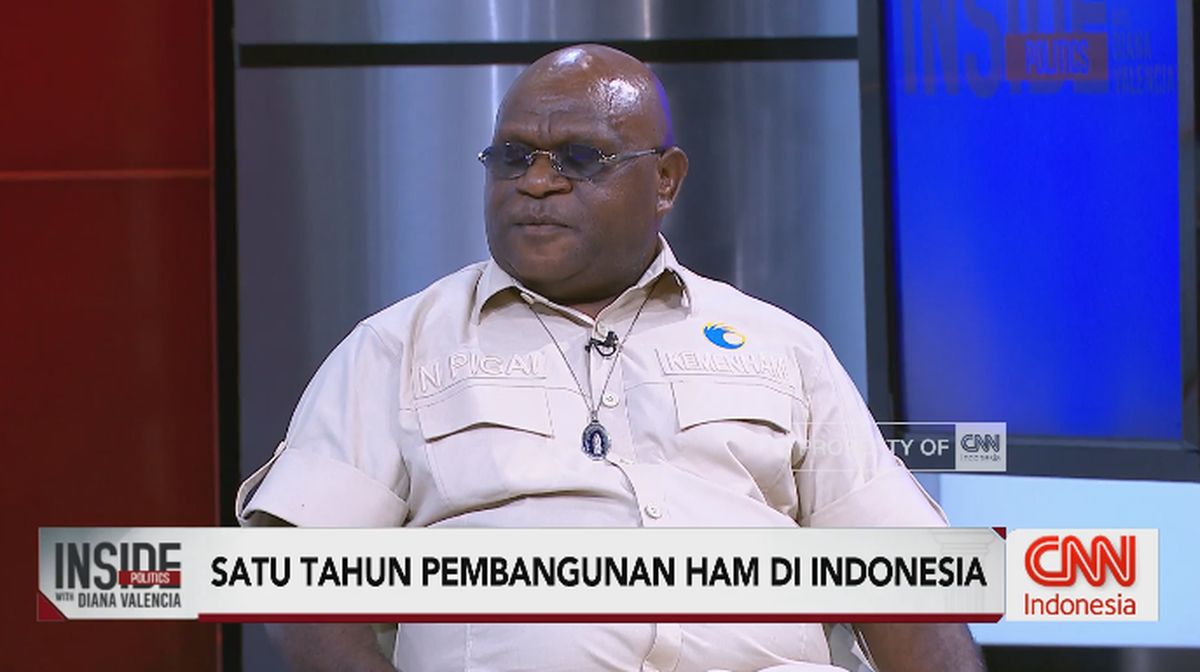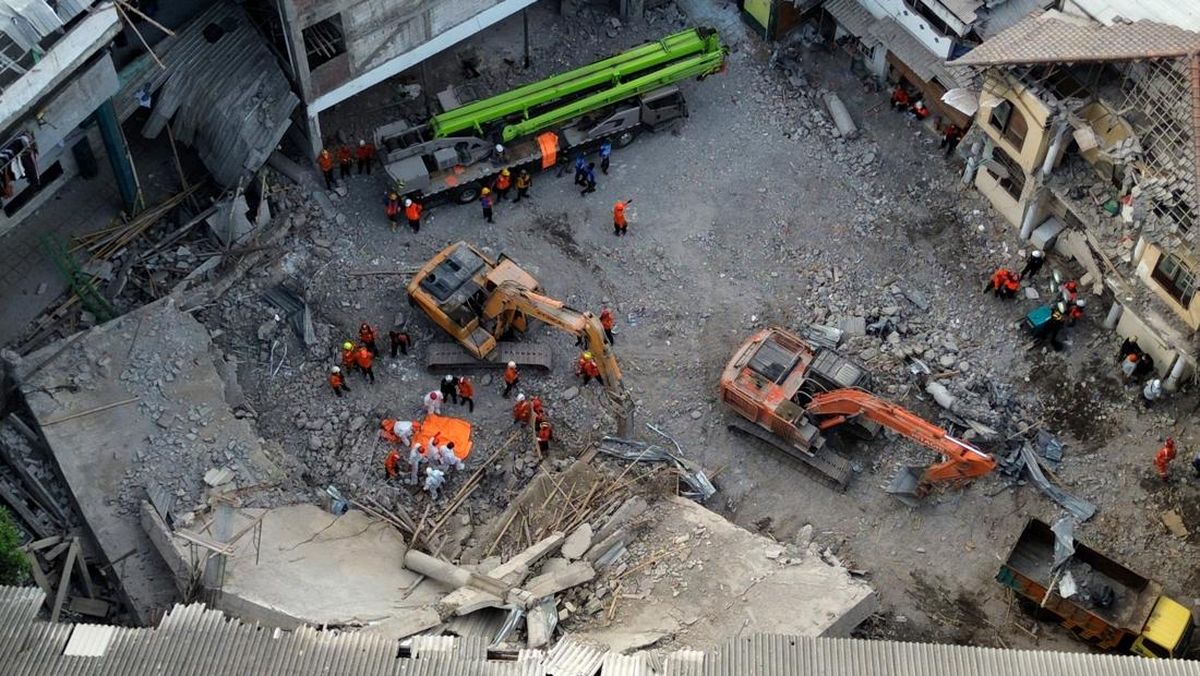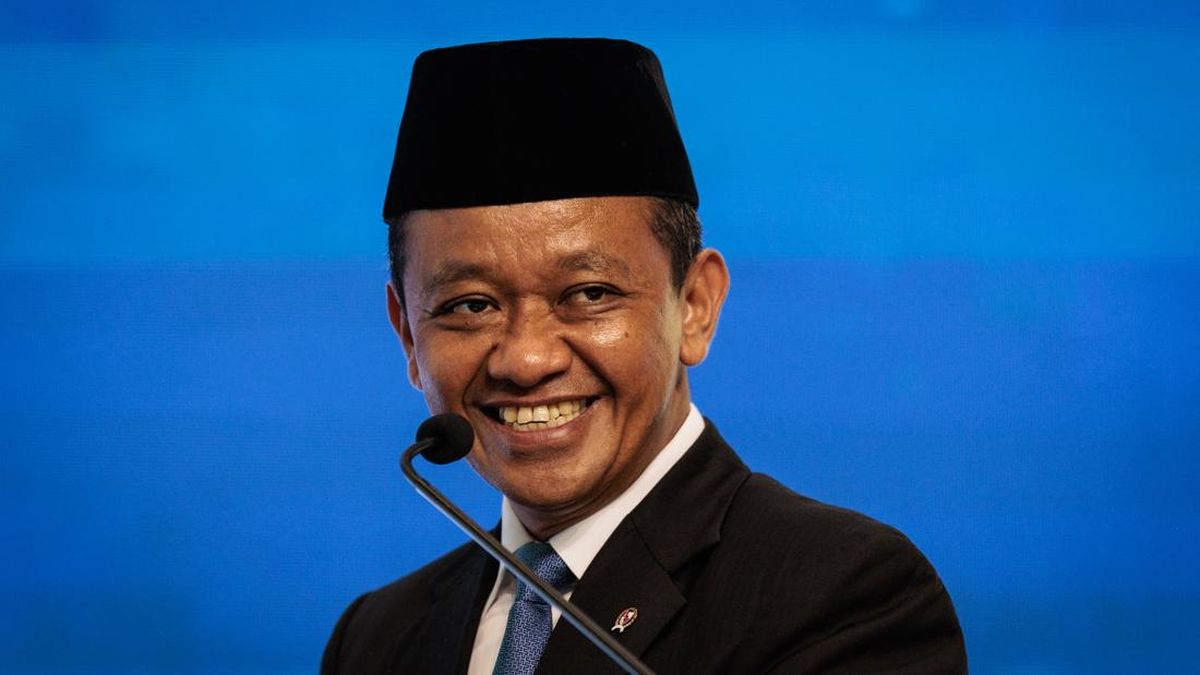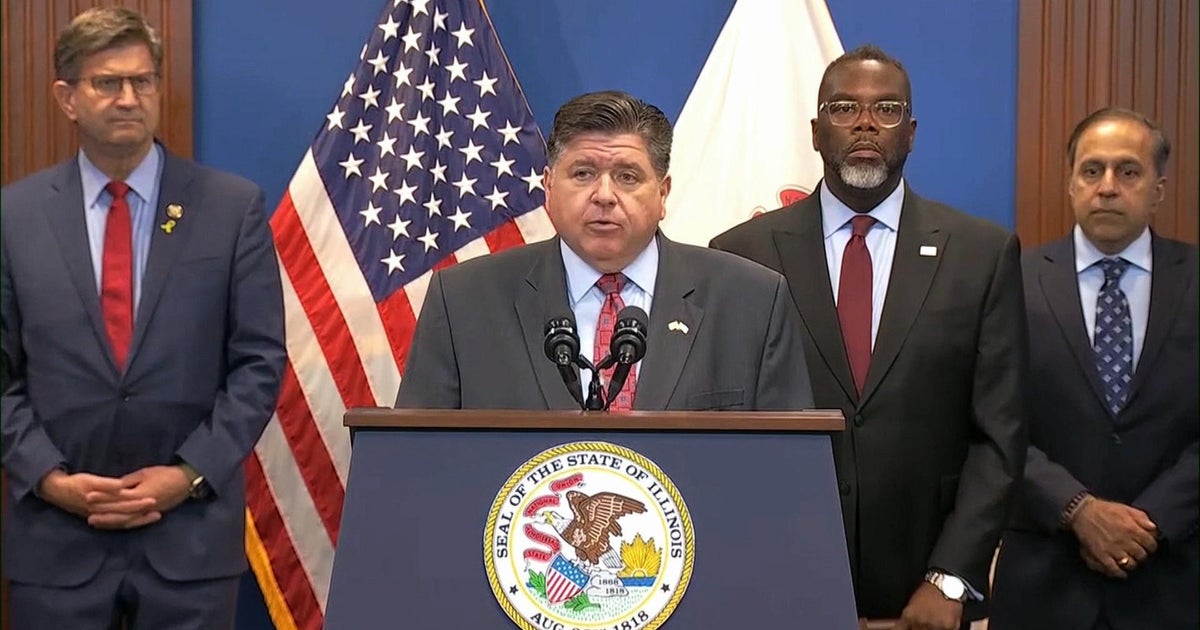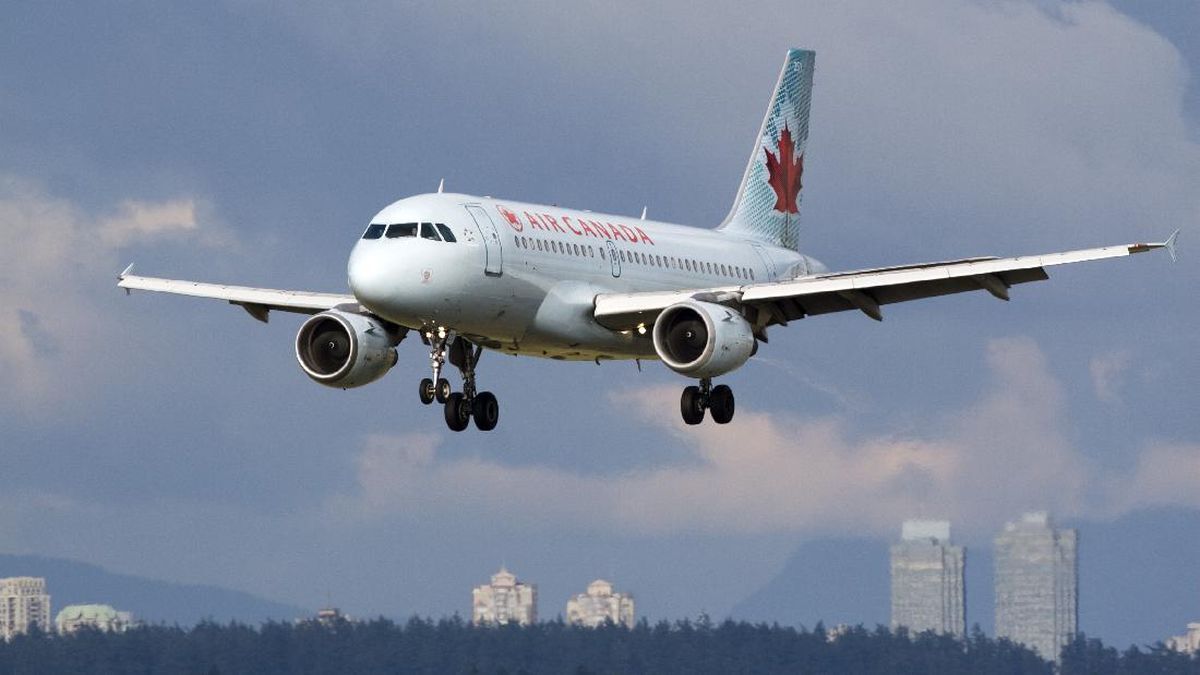A fourth cost blowout is set to hit the Snowy 2.0 pumped hydro project, where the price has already soared sixfold above the original estimate, as the Commonwealth-owned company announces a comprehensive review of the project’s costs.
The huge project is viewed by governments and the electricity market operator as a crucial element of Australia’s transition from a coal powered grid to one dominated by renewable energy.

Snowy 2.0 project director Dave Evans in the cavern that will house the huge turbines and transformers that will send electricity to the grid.Credit: Alex Ellinghausen
Snowy Hydro chief executive Dennis Barnes announced on Friday that the company would conduct a “line-by-line reassessment” of contractor Future Generation Joint Venture’s costs, which is expected to take nine months to complete.
Another price rise is bad news for the Albanese government, which is already facing scrutiny of its renewables goals, as many experts warn the government cannot reach its target to boost the share of clean energy to 82 per cent of electricity to the grid.
The cost of materials including steel and concrete for major infrastructure projects has spiked since the COVID pandemic, which coincided with a global energy crunch spurred by Russia’s invasion of Ukraine.
Adding further costs to Snowy 2.0, tunnel workers contracted to the project in September secured wage rises of 26.5 per cent over four years, raising their annual salary to more than $300,000.

The headrace tunnel that Florence has been excavating, with the curved section where it became wedged in the background.
The physical challenges of building Snowy 2.0, which is located under a national park in a sensitive alpine environment, is typified by the fate of Florence the tunnel-boring machine.
It spent most of 2023 stuck in soft ground less than 100 metres into its 15 kilometre task. It was freed and on May 16 became wedged in hard rock while excavating a curve in the tunnel, and it took a team of contractors with high-pressure water jets seven weeks to blast it free.
Loading
Former prime minister Malcolm Turnbull commissioned Snowy 2.0 in 2017, declaring a completion deadline of 2021. But his price tag of $2 billion was announced before a feasibility study was complete. Once the report was in, the cost was placed at $6 billion.
Snowy 2.0’s price tag ballooned again in 2023 to $12 billion, and the deadline blew out to 2028.
The latest price rise will not be known until the assessment is complete, but Barnes is adamant the December 2028 completion deadline is on track.
“The project has generally been progressing well and is now 67 per cent complete,” he said.
Snowy Hydro uses surplus electricity to pump water from a reservoir at the bottom of a hill to the top, from where it will be released to flow down and spin turbines.
It can supply power on demand when the grid needs it most, supplying back-up for renewables when the wind isn’t blowing and the sun isn’t shining.
Snowy 2.0 is a massive upgrade to the existing Snowy scheme – taking total generation capacity to 375,000 megawatt hours, or enough to power 3 million homes for a week.
However, some energy experts question the wisdom of staking the security of the renewables rollout solely on one mega-project and argue that multiple smaller projects would be quicker, cheaper and less risky to build.
“Snowy 2.0 is a critical project to Australia’s energy future,” Climate Change and Energy Minister Chris Bowen said, following news of the review.
“This costs reassessment is disappointing, and the government will be scrutinising its findings.”
More to come
Get to the heart of what’s happening with climate change and the environment. Sign up for our fortnightly Environment newsletter.
Most Viewed in Politics
Loading

